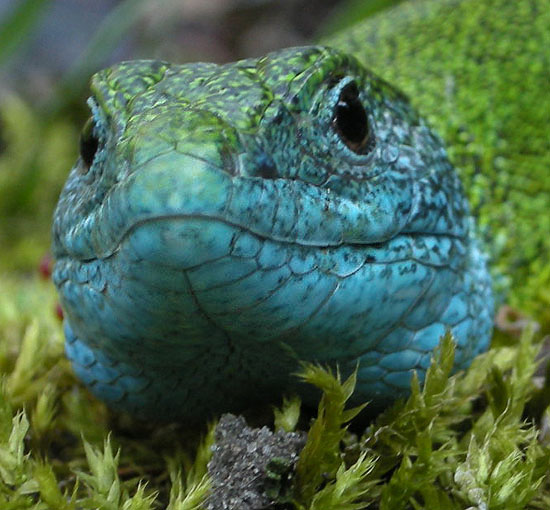
It has been many centuries since the dragons, which in the 16th century attempted to conquer Europe, finally suffered a definitive defeat. The ones fallen in the battle still have their skins on display in a number of churches, museums and doorways or, cast in stone, on public squares. And the ones that managed to escape have found shelter on some islands. Just like in our garden.
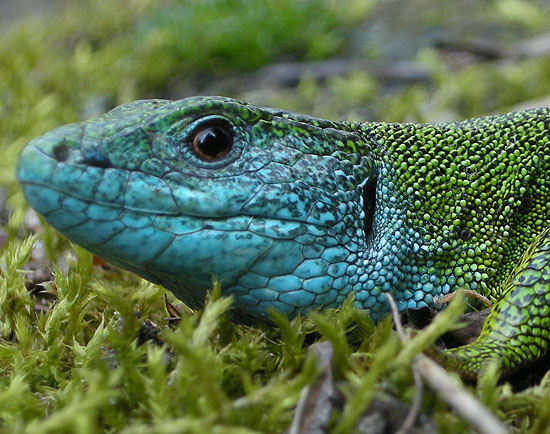
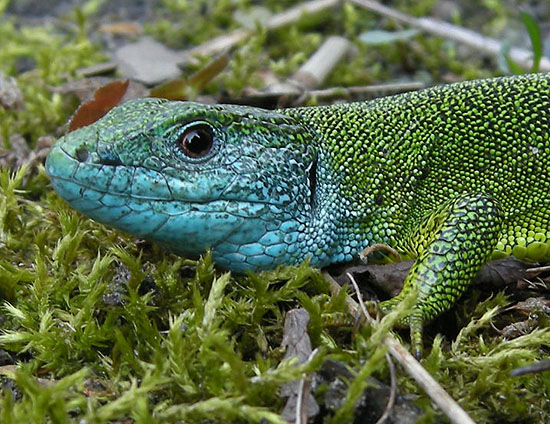
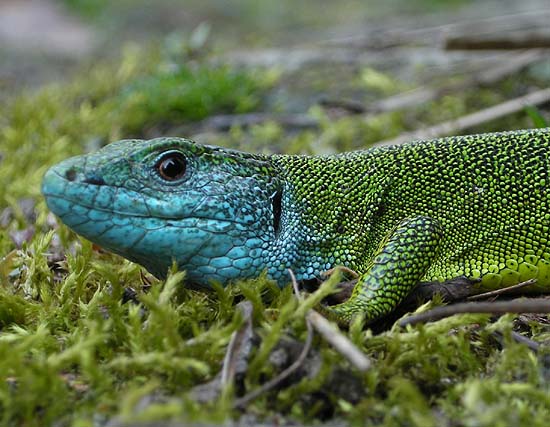
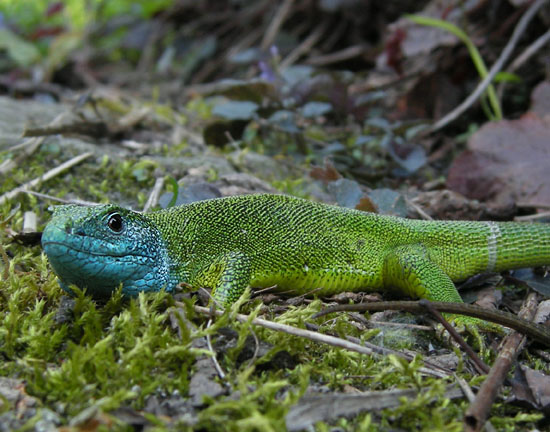
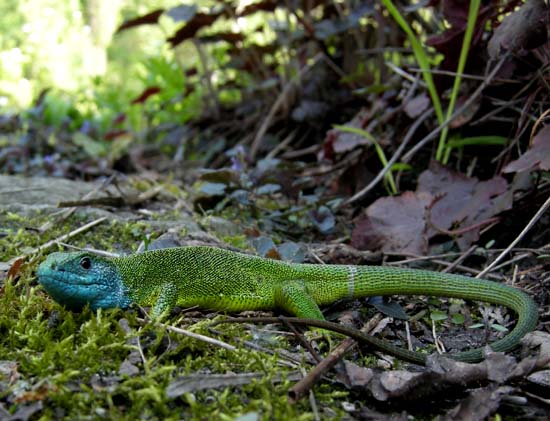
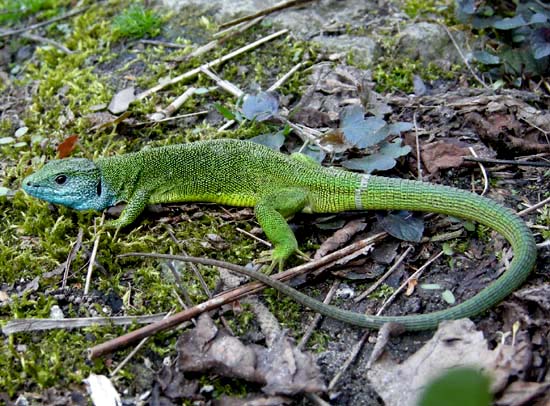
Or like in the vulcanic lake of Pucón in Chile whose dragon population was surveyed by Julia in this summer, in early February.
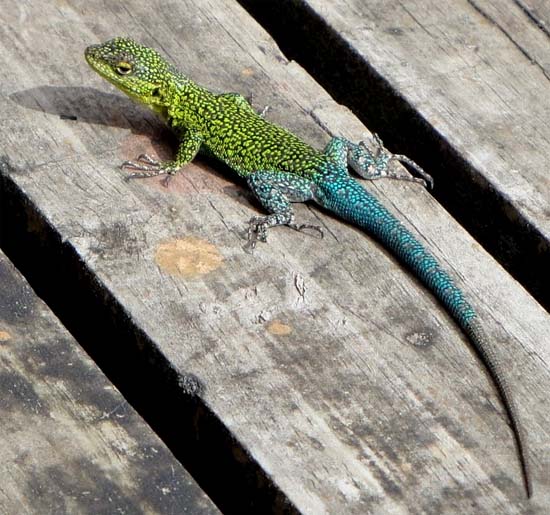
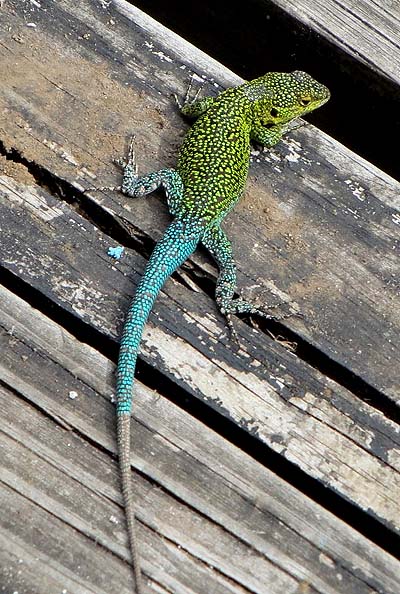
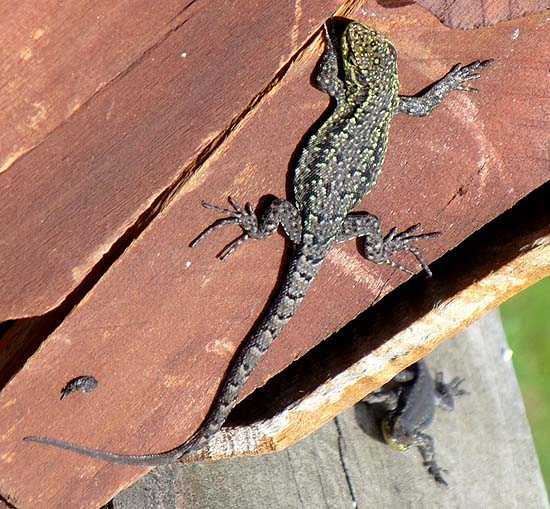
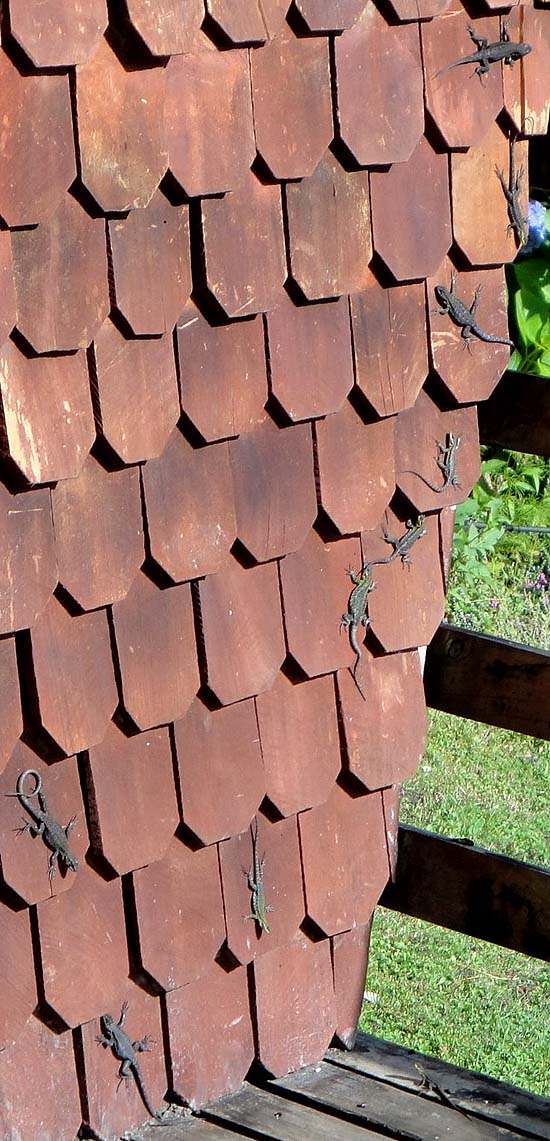
Or like in the island of Mallorca where, as we know, there was an active dragon invasion in progress even as late as the end of the 18th century. There the oldest, more robust ones managed to have a stable position on the big constructions.
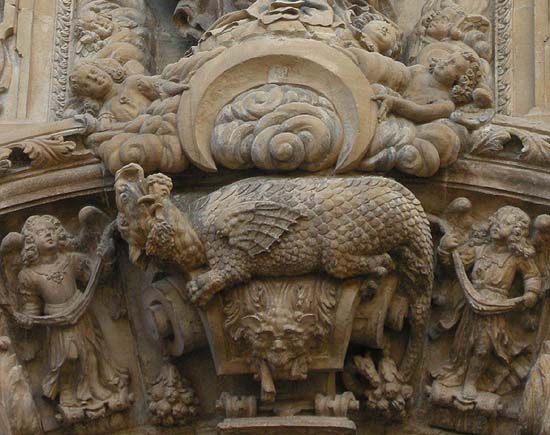
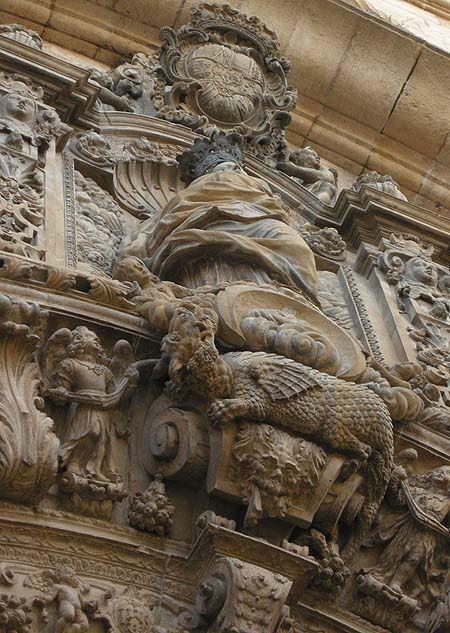
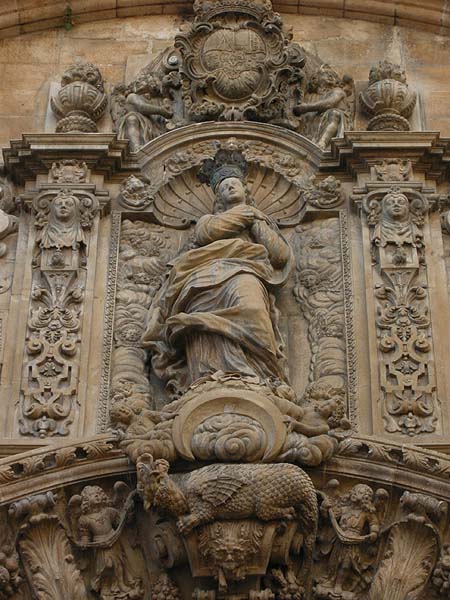
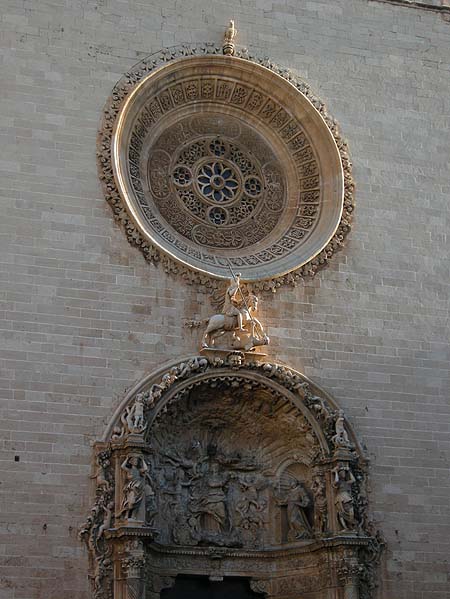
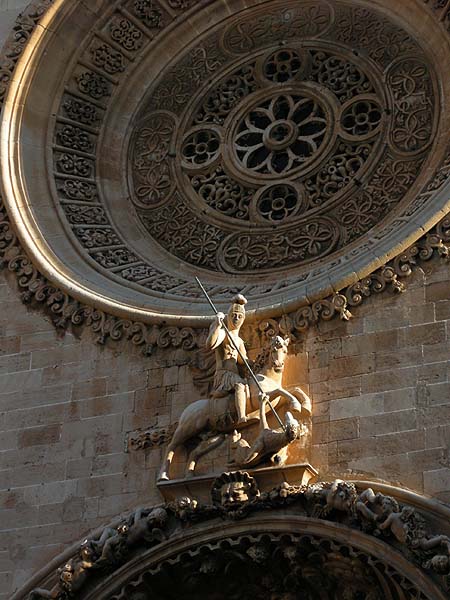
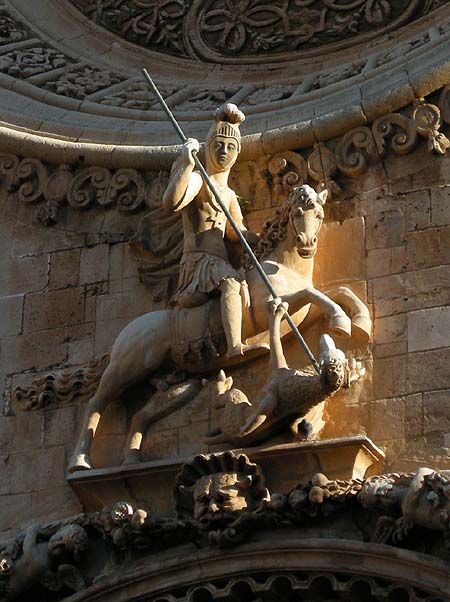
Those coming later got place on the late 19th century Art Nouveau buildings. The dragon is one of the most frequent motifs of Mallorcan Art Nouveau – modernista – architecture, and so this industry has absorbed lots of immigrants.

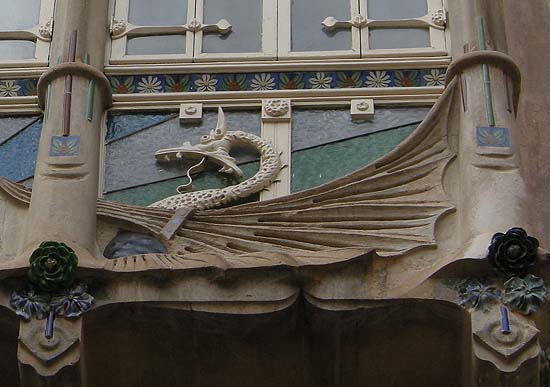
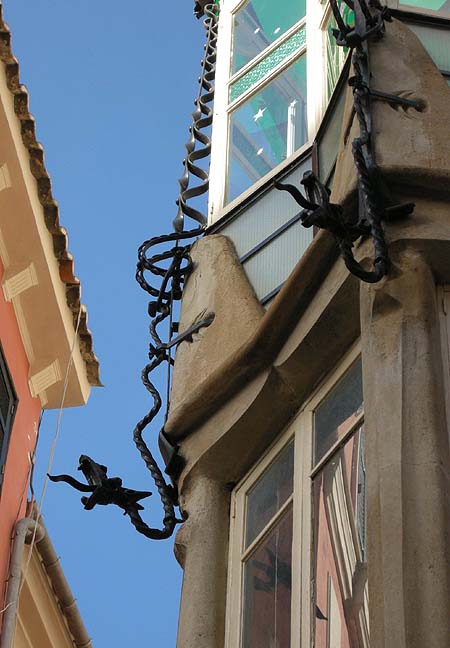

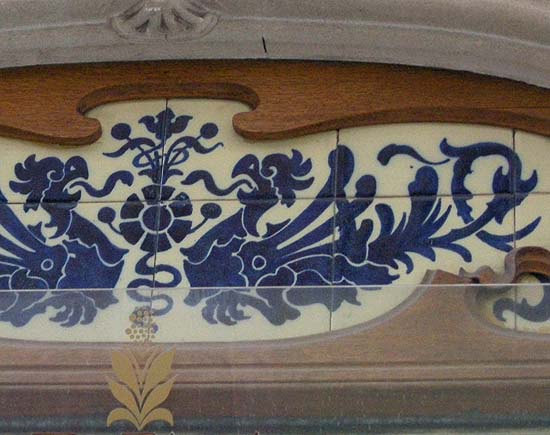
These latter have then joined in the electrobusiness wiring all the town…
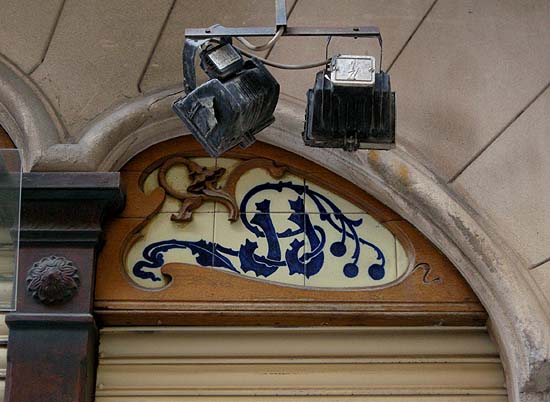
…and also in the tourist industry.
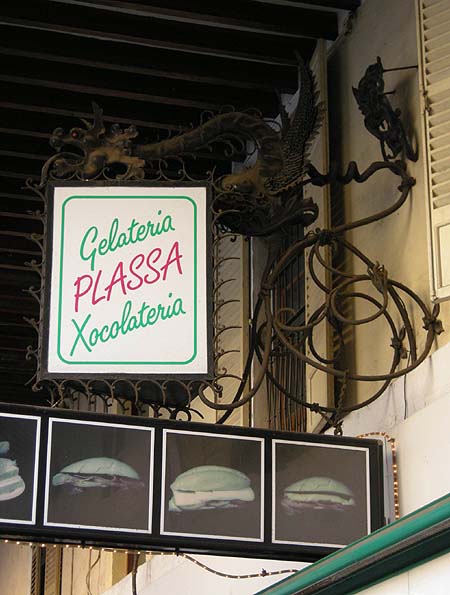
We have also encountered other impressive representatives of this race, but their photos are taking rest on a hard drive under reparation. As soon as we get it back, they will join their colleagues.
According to zoologists, Mallorca has always offered an extremely favorable habitat for reptiles. “An extinct goat from the island of Majorca lived like a cold-blooded crocodile”, writes Discovery News. And in fact, the periodical growing of the bones and the low metabolism of Myotragus balearicus, developed in the island some five million years ago, was quite similar to that of crocodiles, experts say. This makes it comprehensible why dragons have found their way so remarkably well in the island.
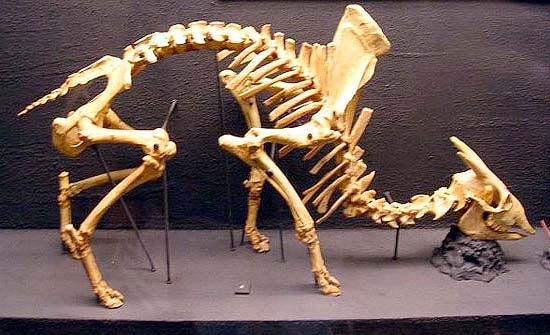
 Skeleton of a Myotragus balearicus from the museum of Palma and its reconstruction from the CosmoCaixa of Barcelona. From the Mallorca Daily Photo Blog.
Skeleton of a Myotragus balearicus from the museum of Palma and its reconstruction from the CosmoCaixa of Barcelona. From the Mallorca Daily Photo Blog.
























































3 comentarios:
¿El primer "dragón" es de tu jardín?
Fue gracioso encontrarme con tu referencia a mi blog, porque mientras veía las primeras fotos pensaba en la semejanza con las lagartijas chilenas, justamente :-)
Excelente el recorrido que armaste. Me encanta el modernismo.
Sí, el primero es de nuestro jardín. Es la Lacerta viridis que es bastante difusa en Hungría, y también nosotros tenemos una colonia numerosa desde hace muchos años. Las atrae esta isla de paz, hecha para dragones jubilados, claro.
¡Qué confusión con los deíticos en la respuesta del monstruo bicéfalo!
Intentando copiar sabíaduría y precisión científica de V. M., encontré que las que vimos en Chile son Liolaemus tenuis, también conocida como lagartija esbelta y que los coloridos son los machos (que cambian de color con la temperatura).
Publicar un comentario